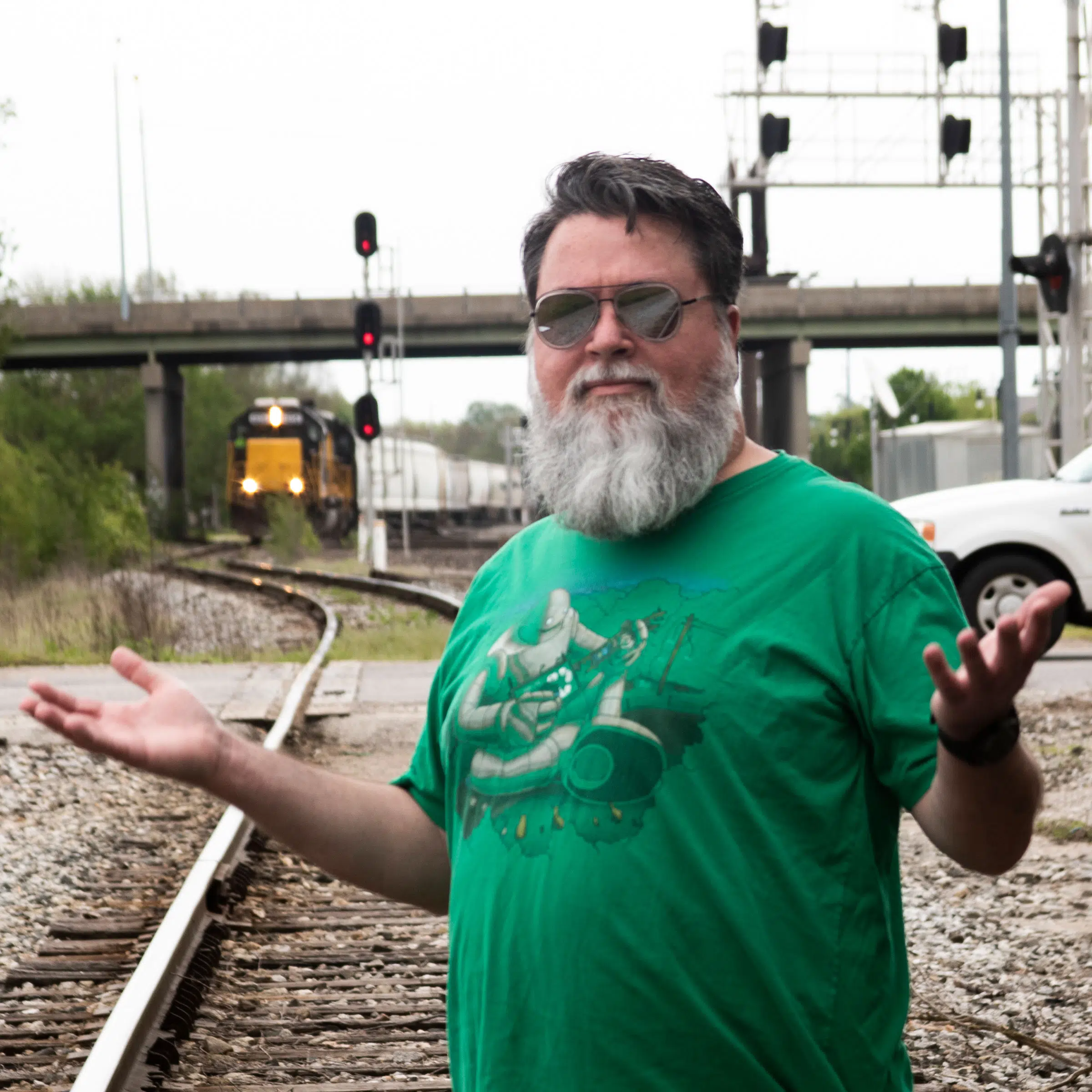(Reuters) -Bolivia will hold a presidential runoff on October 19 after no candidate secured an outright victory in the first round of voting on August 17.
The first-round result marked a stunning blow to the incumbent Movement to Socialism, or MAS party, which has dominated the South American country’s politics for almost 20 years.
Top of mind for voters is the fragile economy. Once plentiful natural gas exports have plummeted, inflation is at a multi-decade high, and fuel is scarce.
The new president takes office on November 8.
Here’s a guide to the election:
WHAT’S AT STAKE?
Whoever wins the runoff, the new presidential term will mark the end of the rule of MAS, which has governed almost continuously since 2005. MAS was founded by former President Evo Morales, an icon of the Latin American left, who once enjoyed massive support from Bolivia’s Indigenous majority.
The runoff pits centrist Senator Rodrigo Paz against conservative former president Jorge “Tuto” Quiroga. Both candidates aim to roll back elements of the MAS-era, state-led model, but differ in how drastically.
Both have also pledged to improve ties with Washington after nearly two decades under socialist governments that aligned more closely with Russia, China, and Iran.
Changes look set to come to Bolivia’s state-led economic model amid its worst economic crisis in decades, battered by inflation, fuel and dollar shortages, and declining state revenues.
HOW DOES THE ELECTION WORK?
Bolivia’s electoral tribunal rolled out a new system this year in response to fraud claims made after the 2019 presidential vote that led to widespread unrest and the resignation of then-president Morales.
Under the new system, vote tally sheets will be photographed at polling stations and transmitted directly to counting centers. International observers from the European Union and Organization of American States are due to oversee the process.
Polls open at 8 a.m. (1200 GMT) and close at 4 p.m. (2000 GMT). The tribunal aims to publish 80% of preliminary results on election night. Official results are due within seven days.
WHO ARE THE CANDIDATES AND WHAT ARE THEIR PLATFORMS?
The race looks set to be close, according to opinion polls.
Quiroga, 65, a conservative who briefly served as president from 2001 to 2002, is slightly ahead. His running mate is a tech executive, Juan Pablo Velasco, reinforcing the party’s pro-business message. Quiroga’s platform includes expanding free trade, cutting spending, and restoring private property rights.
His opponent is 58-year-old centrist Paz, the son of a former president. His running mate, former police captain turned social media activist Edman Lara, has energized some younger voters. Their main proposals include decentralizing the government and promoting private-sector growth, while maintaining social programs.
Paz defied expectations by winning the first round with 32% of the vote in a crowded field. Quiroga secured 27%.
WHAT COULD THE ELECTION MEAN FOR LITHIUM PRODUCTION?
Bolivia’s vast salt flats are home to the world’s largest resources of key battery metal lithium, but the country has long struggled to ramp up production or develop commercially viable reserves.
Russian and Chinese companies are among the few that have moved forward with development proposals, but the deals have been bottled up in the legislature amid political infighting.
Some investors are hopeful that either of the finalist candidates would ease regulations and improve access to the largely untapped deposits.
(Reporting by Lucinda Elliott; Editing by Christian Plumb and Rosalba O’Brien)





Comments